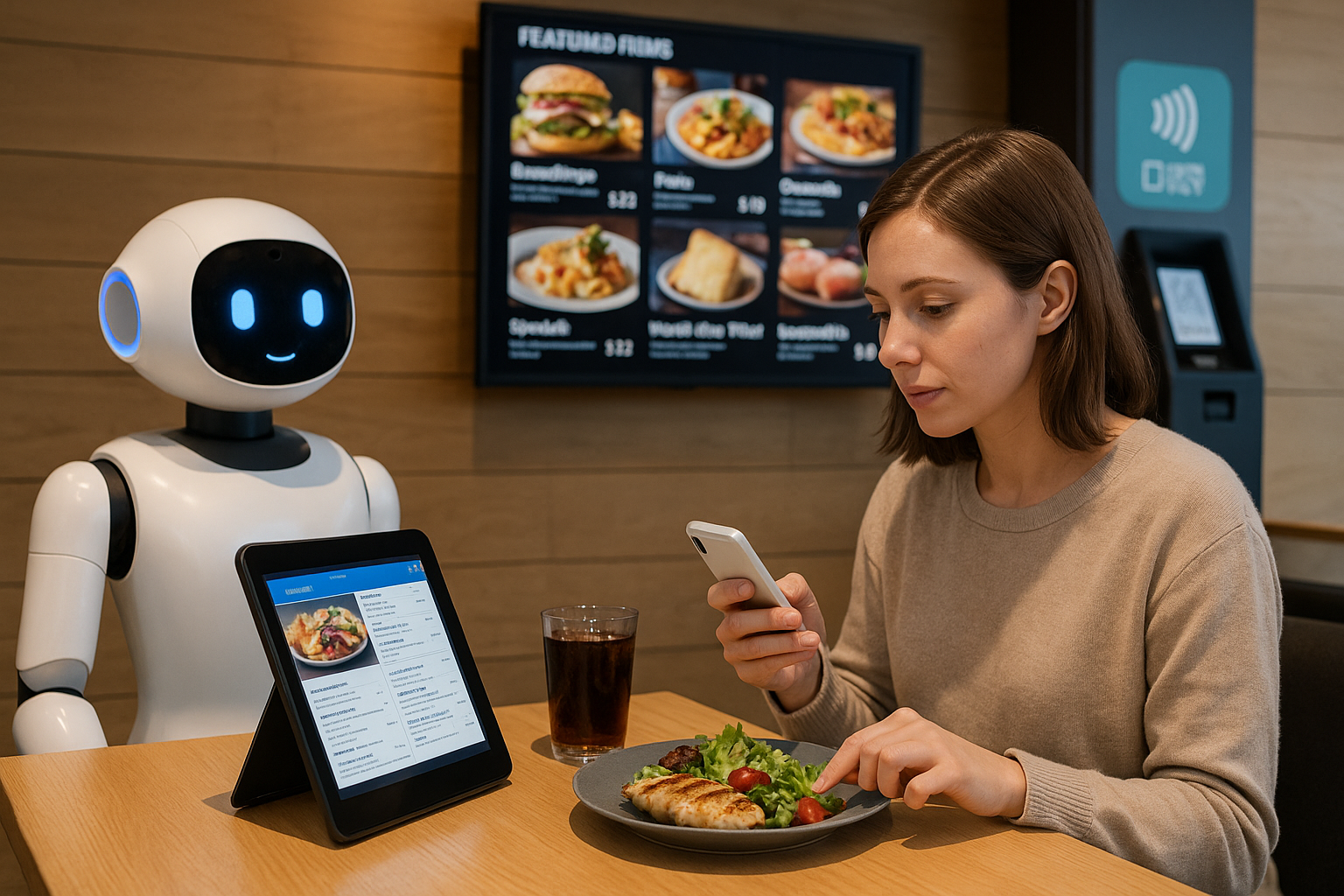The dining out landscape is dramatically transforming as technology becomes increasingly integral to the restaurant industry. Forward-thinking restaurants are now utilizing cutting-edge tools to reimagine the dining experience, improve operational efficiency, and keep pace with changing consumer demands. Whether it’s artificial intelligence, robotics, or immersive reality, these advancements are setting new standards for what guests can expect when they dine out. For operators, investing in technology is no longer a luxury—it’s necessary to remain competitive in an industry defined by customer convenience and innovation. Guests want smooth transactions, accurate orders, and experiences that delight both online and in person. By leveraging trends like contactless ordering, digital displays, and automation, restaurants can deliver higher satisfaction while streamlining costs and processes.
Table of Contents
AI-Powered Ordering Systems
Artificial intelligence is reshaping how restaurants interact with customers, particularly regarding ordering. AI-powered ordering systems, such as chatbots and voice recognition software, are rapidly being adopted by quick-service and fast-casual chains to streamline high-traffic touchpoints. For example, Wendy’s has introduced AI-driven chatbots in their drive-thrus, which automate customer interactions, reduce human error, and accelerate service times. These systems provide personalized recommendations by analyzing previous orders and preferences, making it easier for customers to discover new menu items and simplifying decision-making. Not only do AI ordering systems improve customer satisfaction, but they also free up staff to focus on providing exceptional hospitality.
Digital Menu Boards
Digital menu boards are quickly replacing static menus in counter-service and full-service establishments. These vibrant, easily updatable displays allow operators to promote featured items and timely specials while adjusting pricing in response to supply and demand. Digital boards offer cost savings and unparalleled flexibility regarding real-time changes compared to traditional printed menus. The dynamic visual appeal of digital menu boards also makes it simpler for brands to showcase high-quality images and eye-catching animations, leading to greater upsells and a more engaging customer experience. This technology has become a staple for modern restaurant operations and revenue management, from breakfast transitions to highlighting limited-time offers.

Contactless Dining Experiences
The demand for contactless experiences has soared as diners seek safe, convenient ways to interact with restaurants. By integrating QR codes for menu access and payment, establishments have successfully minimized the need for shared surfaces, reducing the risk of transmission and giving guests confidence in their dining choice. Contactless payment technology lets customers settle checks directly from their smartphones, speeding up table turnover without compromising customer care. Many restaurants have extended these solutions to support curbside pickup and delivery, blending the best digital and physical worlds for dine-in and off-premises experiences.
Robotics in Food Preparation
Automation is finding an ever-increasing role in restaurant kitchens, enhancing food preparation’s consistency and efficiency. Innovative concepts are deploying robotics to perform repetitive, time-consuming tasks such as stir-frying, burger flipping, or assembling salads. By automating these labor-intensive processes, robotics helps alleviate staff shortages, increase output, and maintain high-quality standards across every dish served. Some establishments leverage robotics not only for preparation but also to assist with serving and bussing tables, creating a futuristic and memorable experience for guests. Integrating robotics allows chefs and team members to focus on creativity and guest engagement, while ensuring speedy, reliable service.
Virtual and Augmented Reality
Forward-thinking restaurants are tapping into virtual and augmented reality (VR/AR) to revolutionize how guests interact with their brand. With interactive digital menus that come to life through AR-capable devices, customers can visualize their meal in 3D before ordering. High-end restaurants and themed venues are experimenting with immersive VR experiences, such as virtual wine tastings or culinary journeys through iconic global destinations. These technologies provide unique engagement opportunities and educate customers about menu offerings and culinary history, deepening the emotional connection between guests and restaurants. As VR/AR becomes more accessible, expect more establishments to embrace this trend, using it as a tool to stand out in a crowded marketplace.
Conclusion
Integrating technology into restaurant operations is rapidly changing the foodservice industry, offering endless opportunities to elevate the dining experience and streamline workflow. Restaurants that proactively embrace these creative solutions are not only meeting the needs of today’s customers but are also positioning themselves as industry leaders ready for the future. As guest expectations continue to evolve, the role of technology will only grow, ensuring the hospitality sector remains innovative, efficient, and resilient in the face of new challenges.

